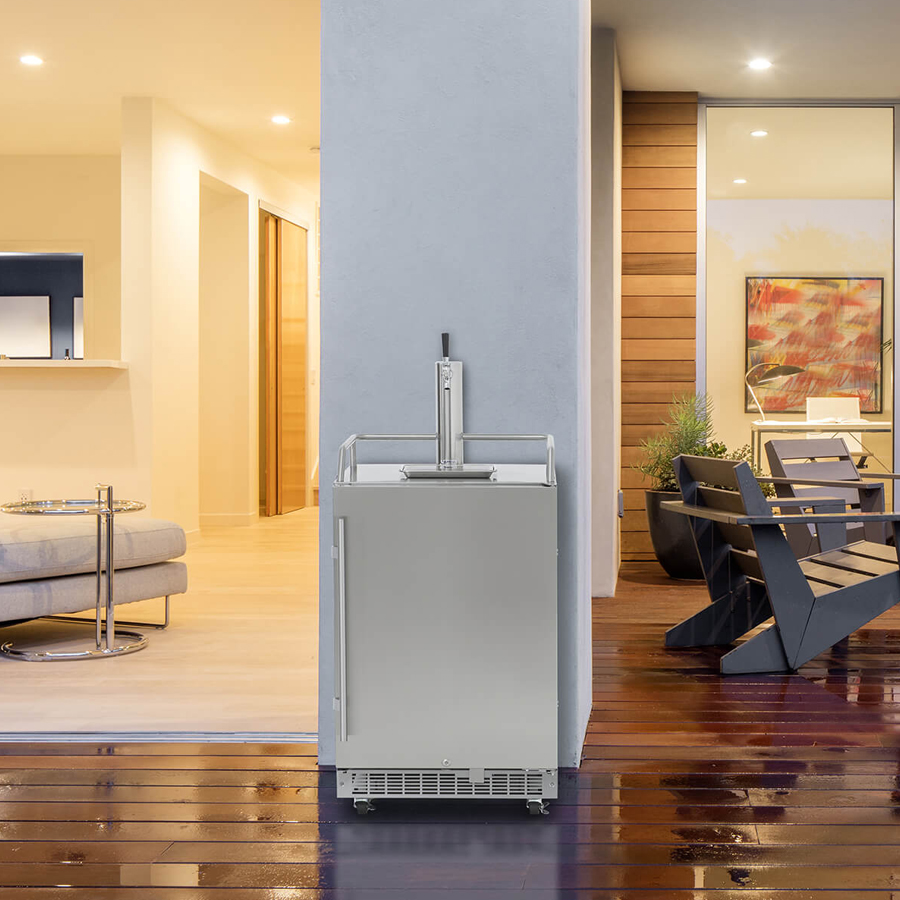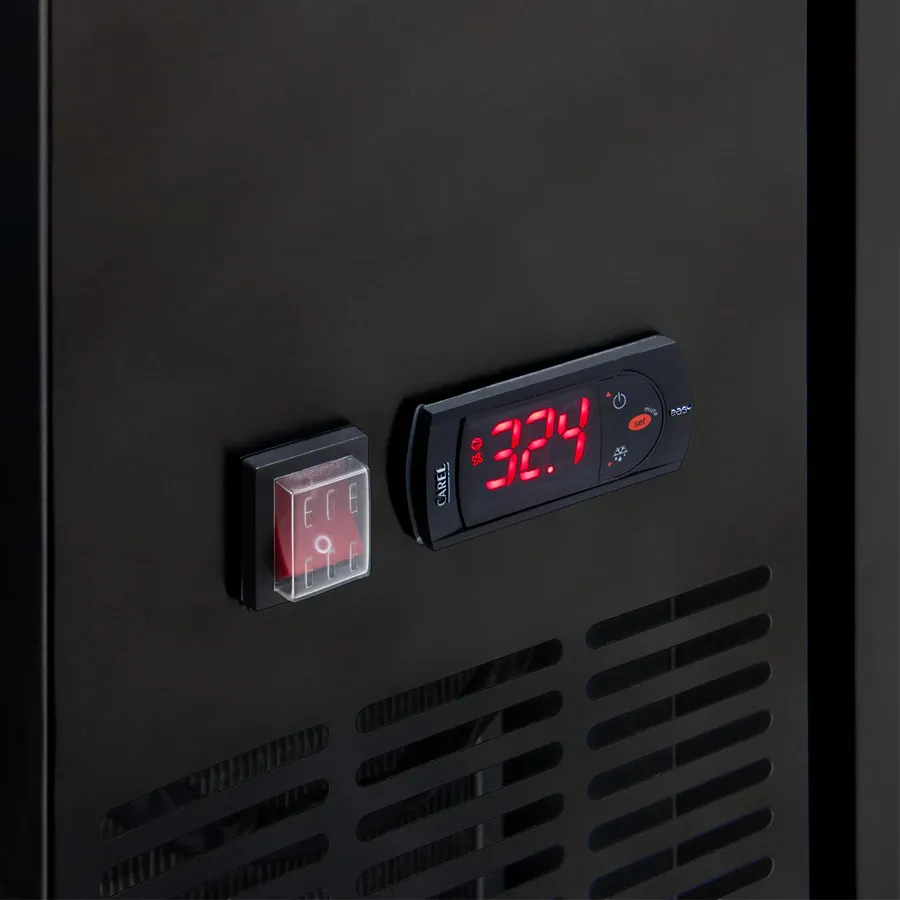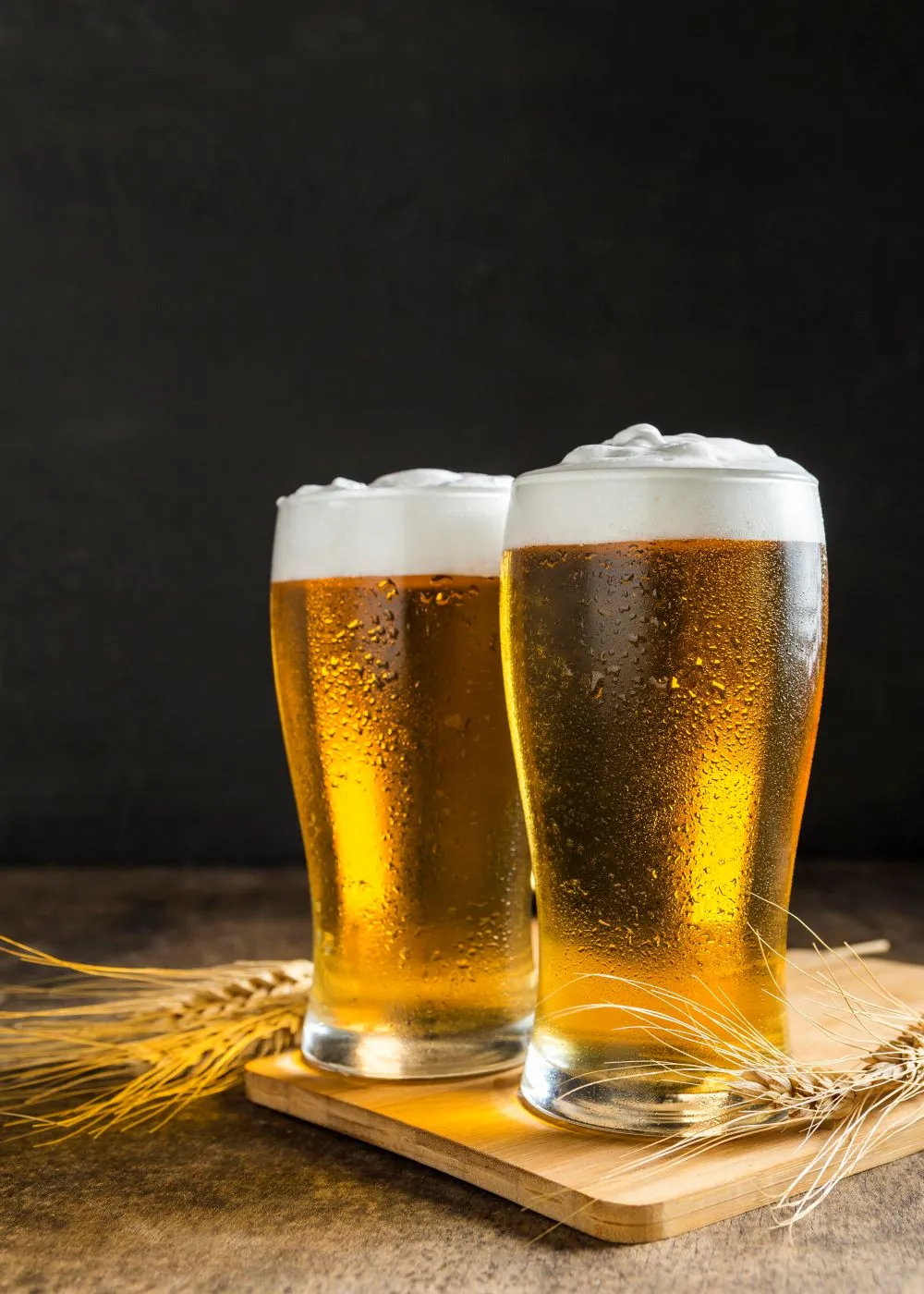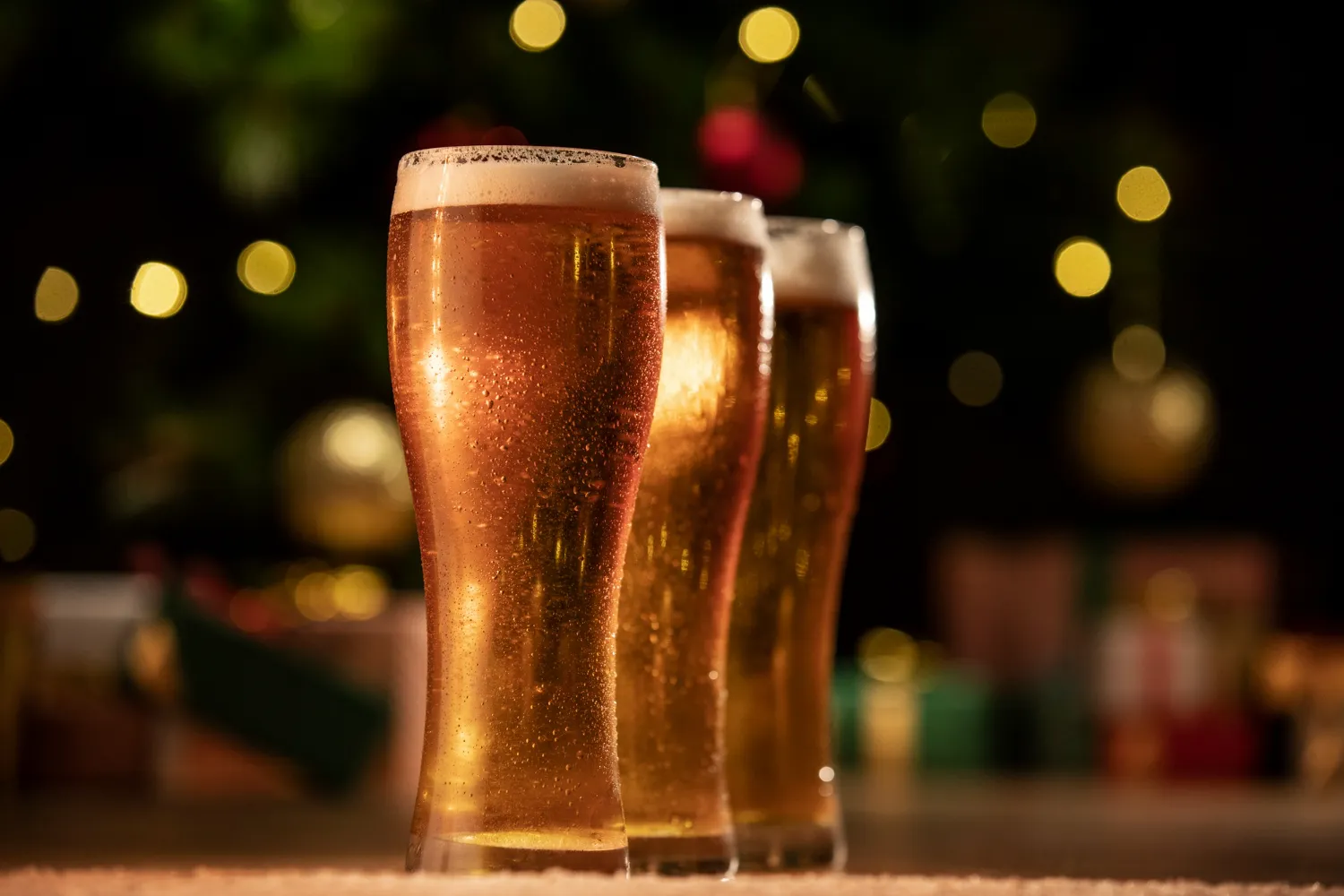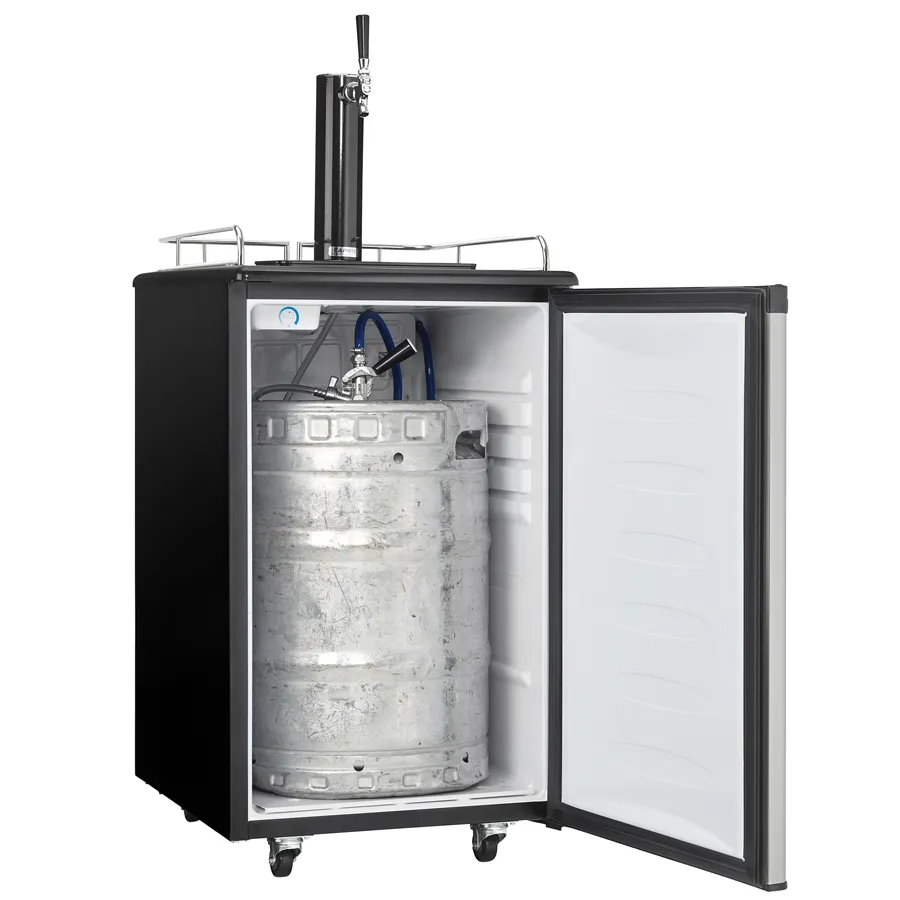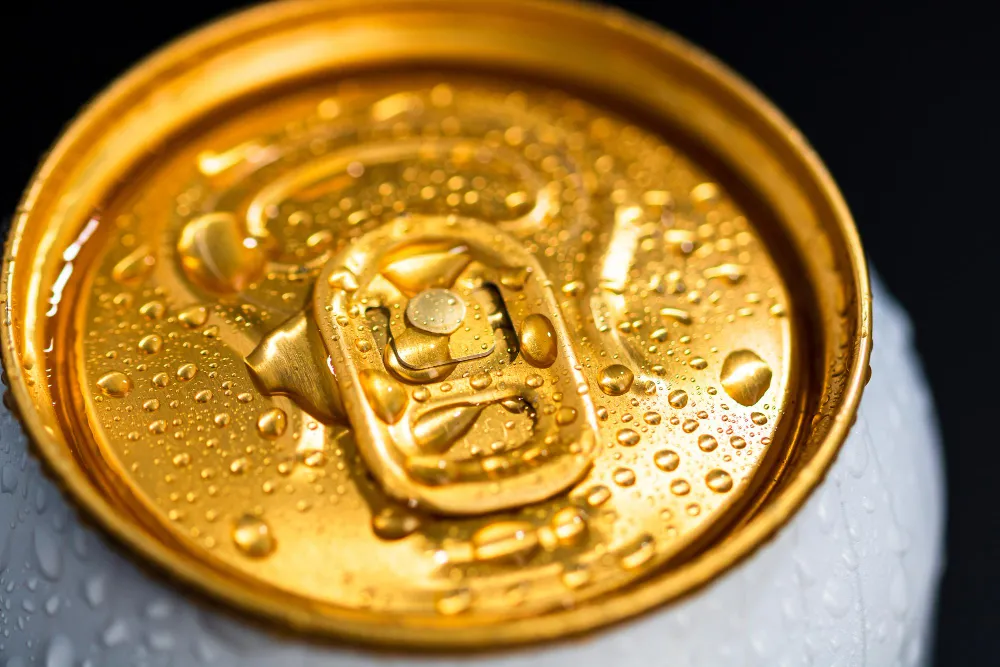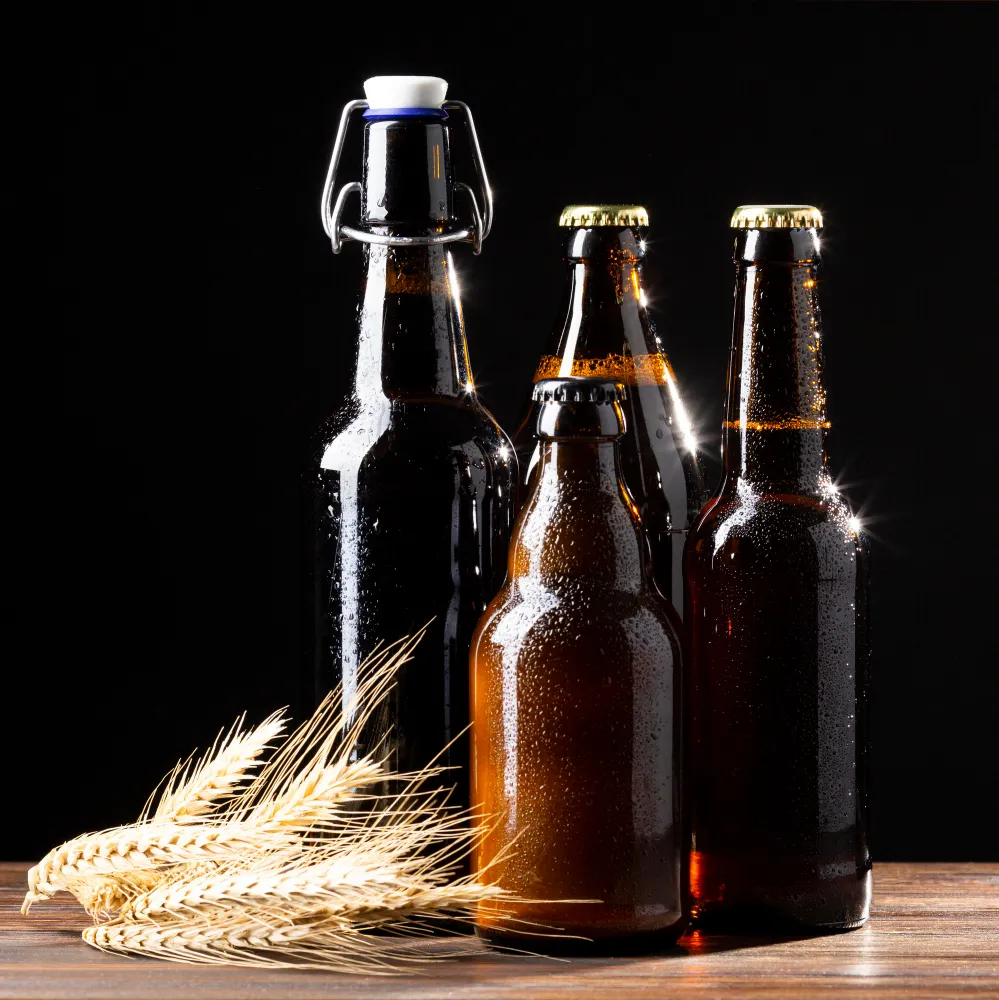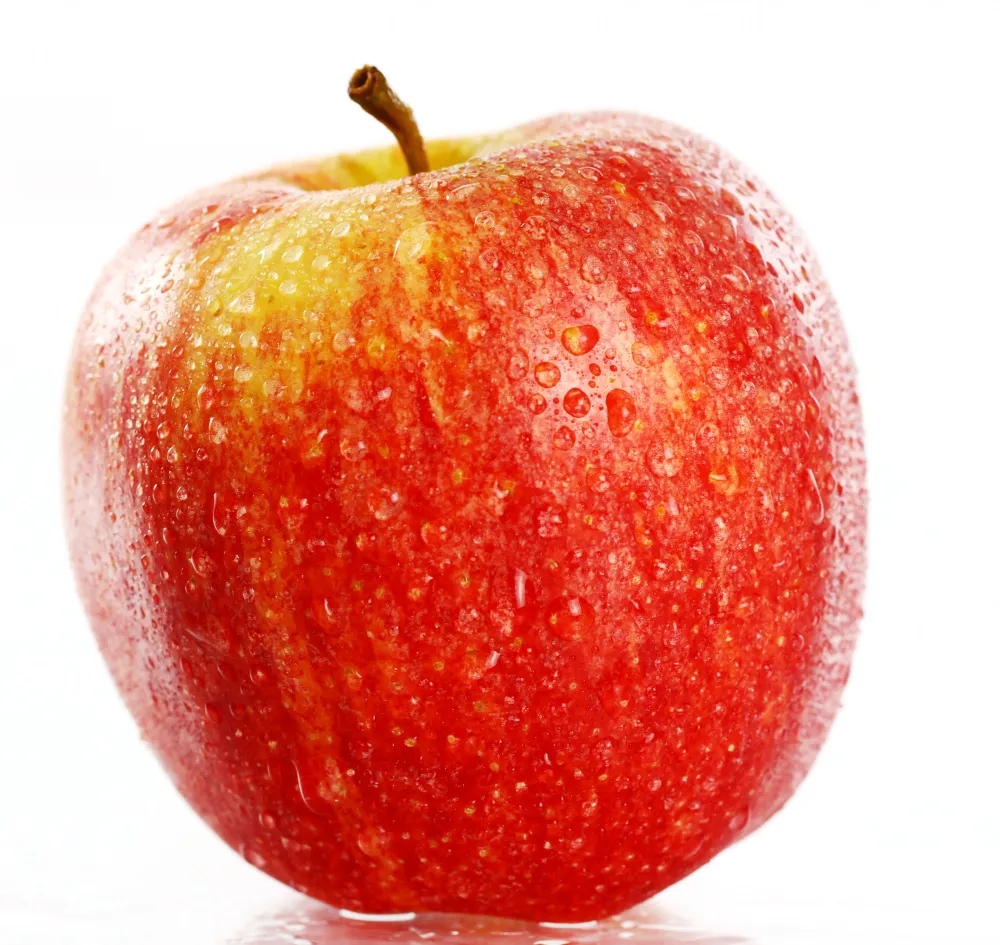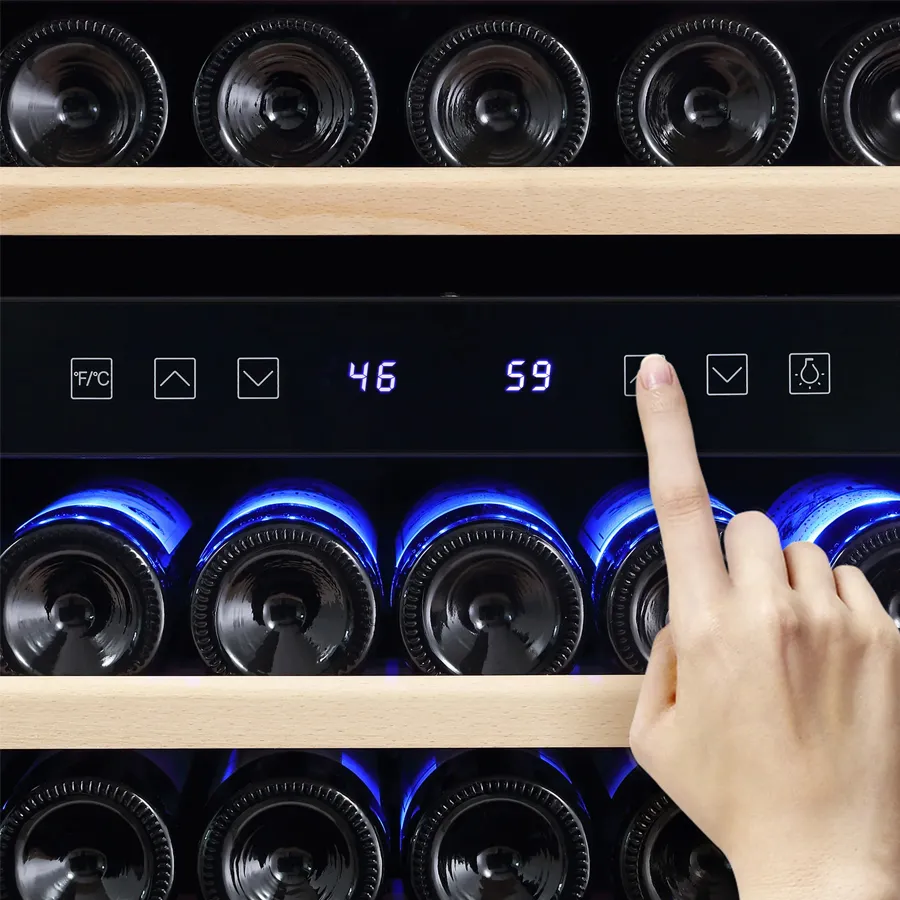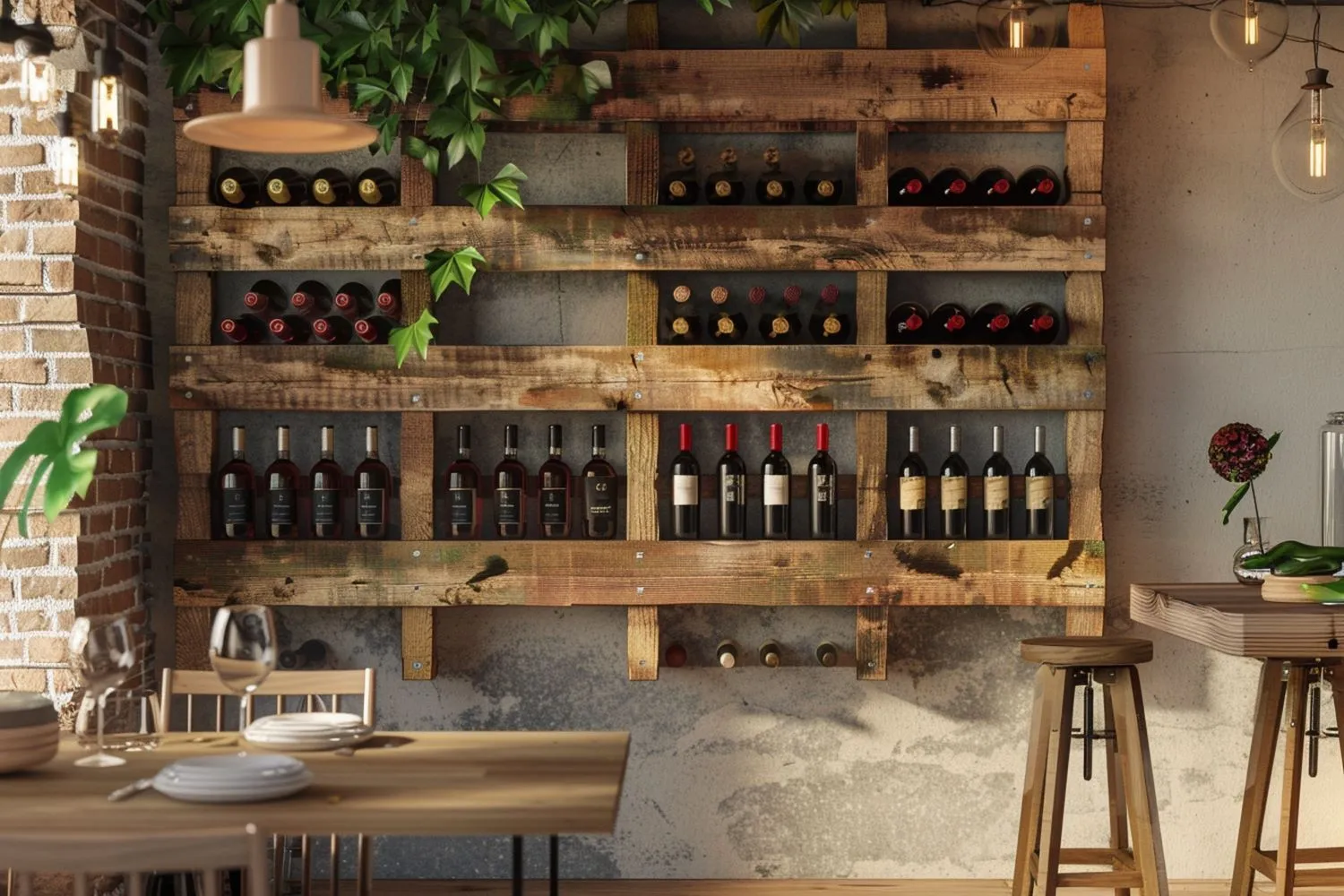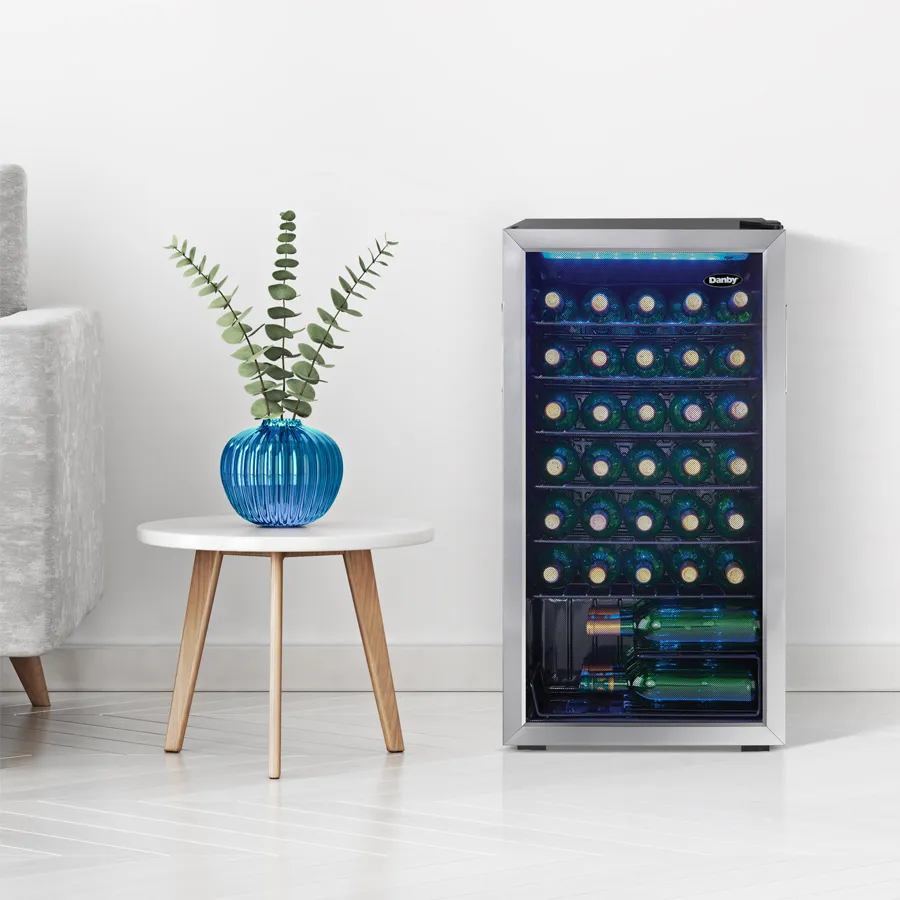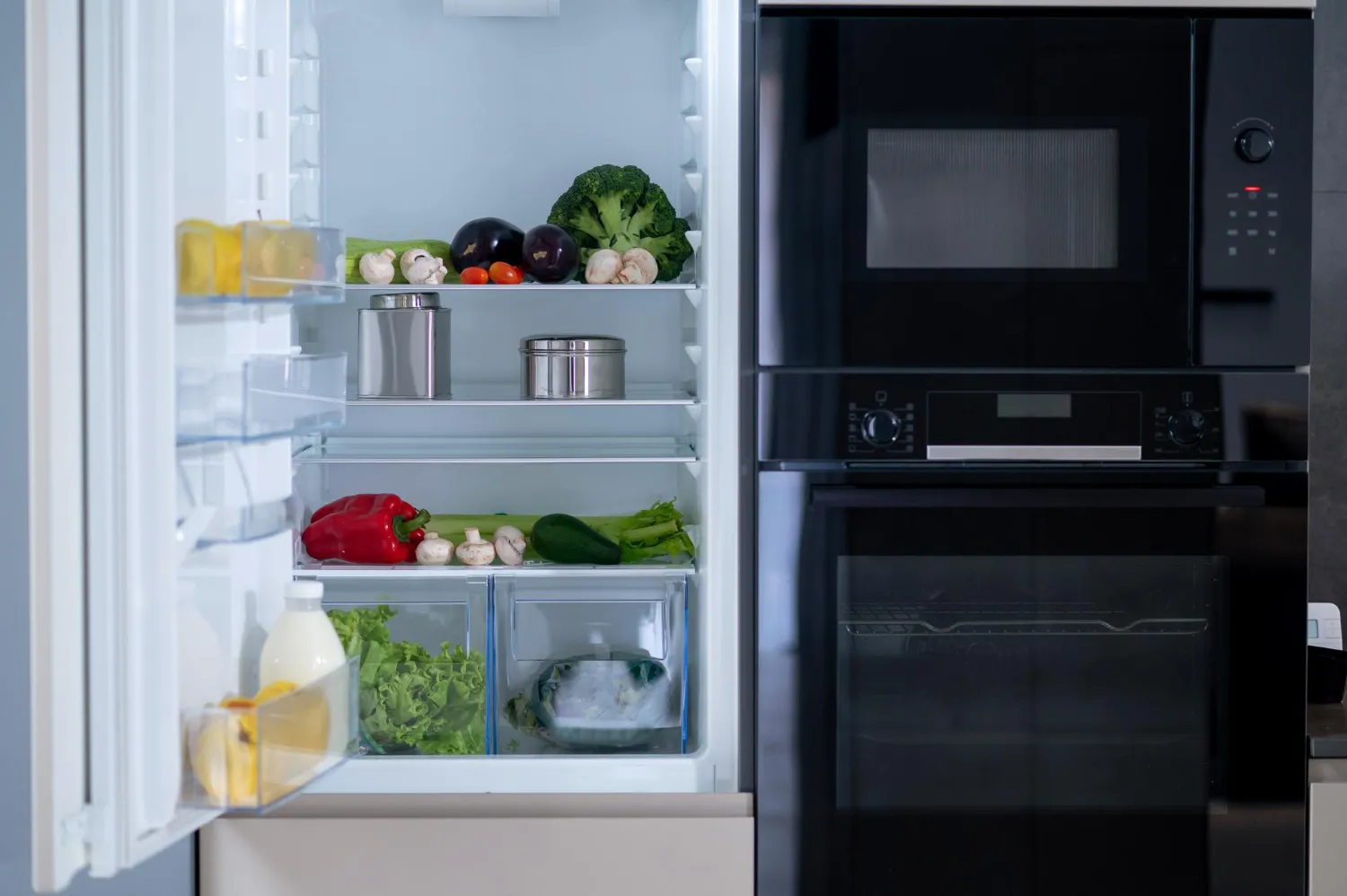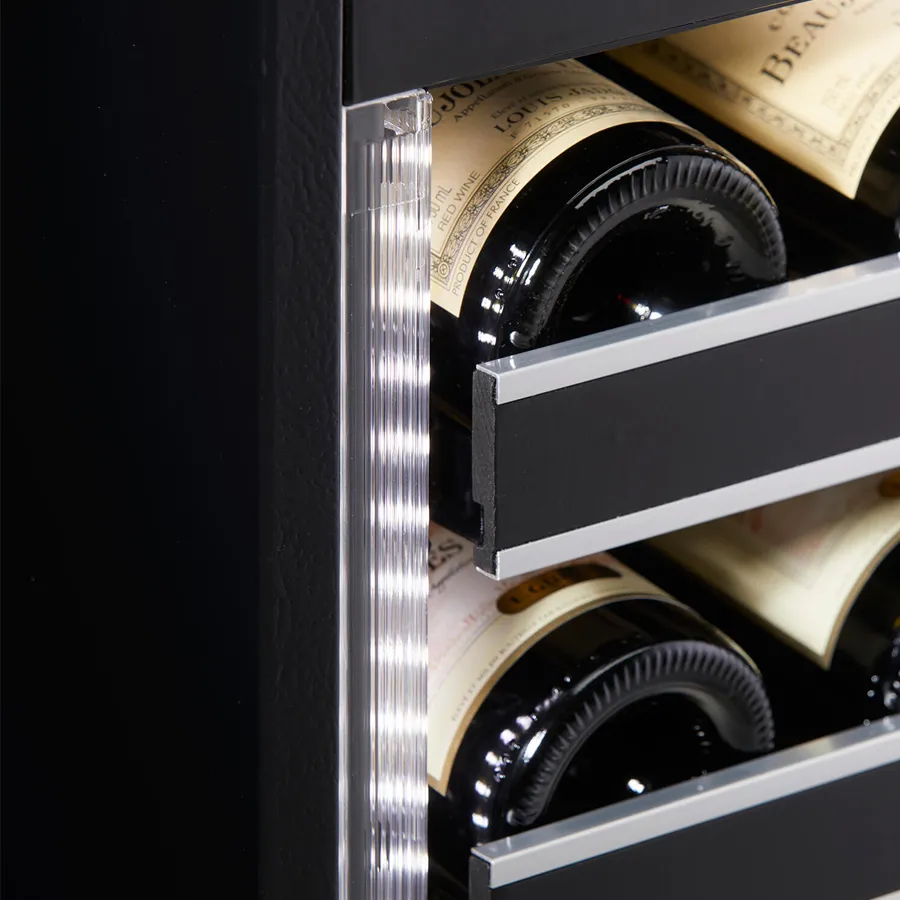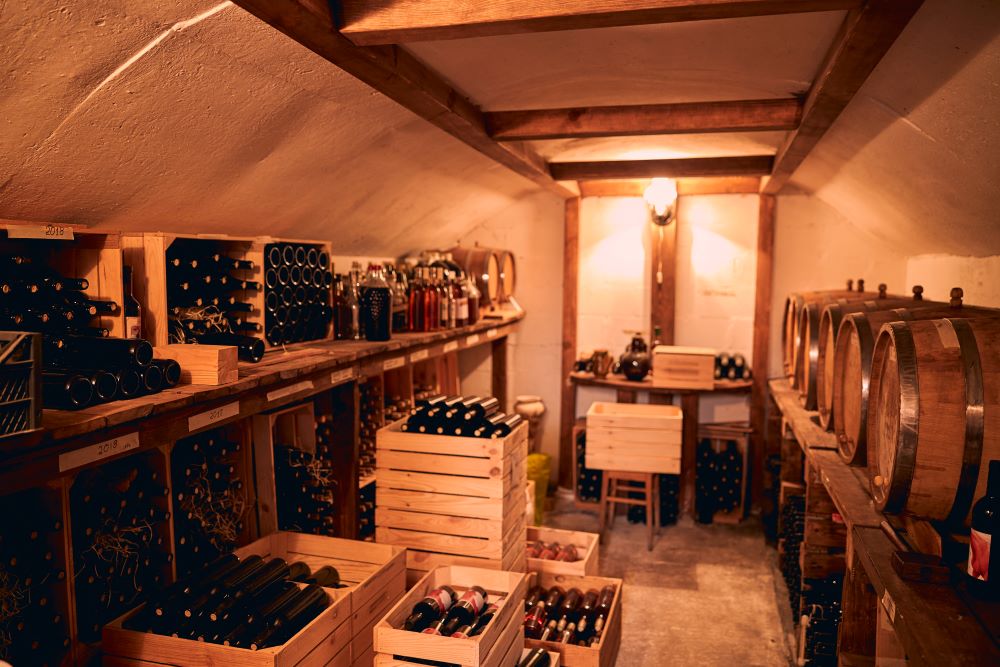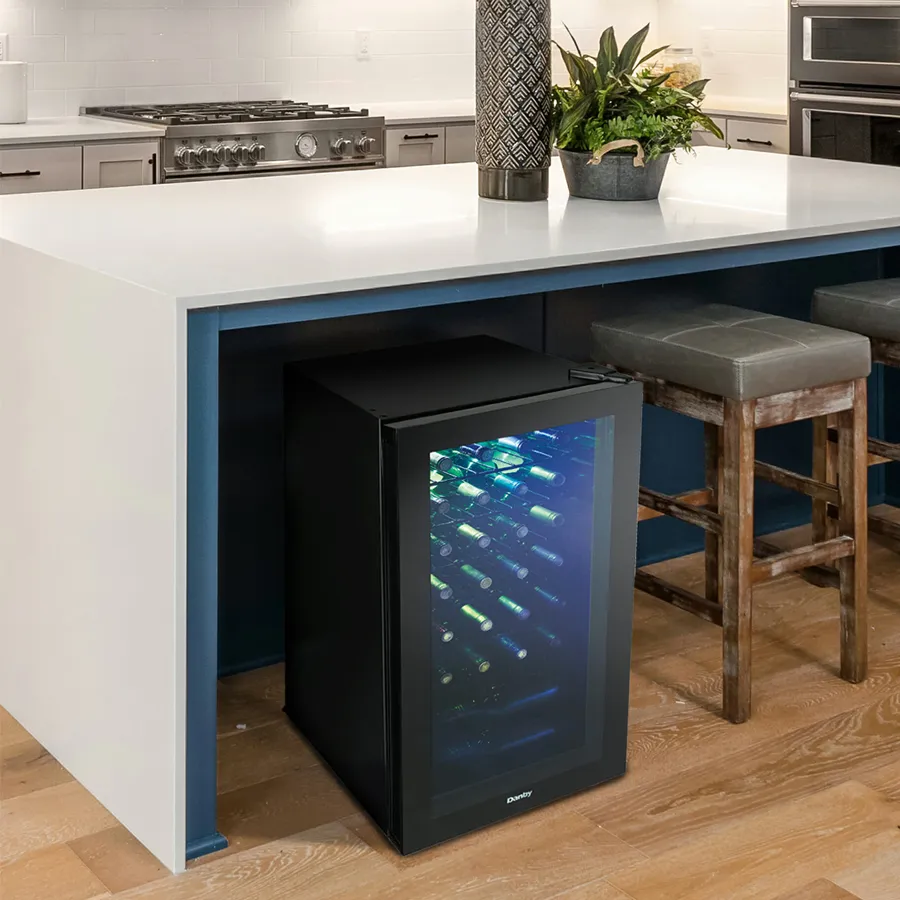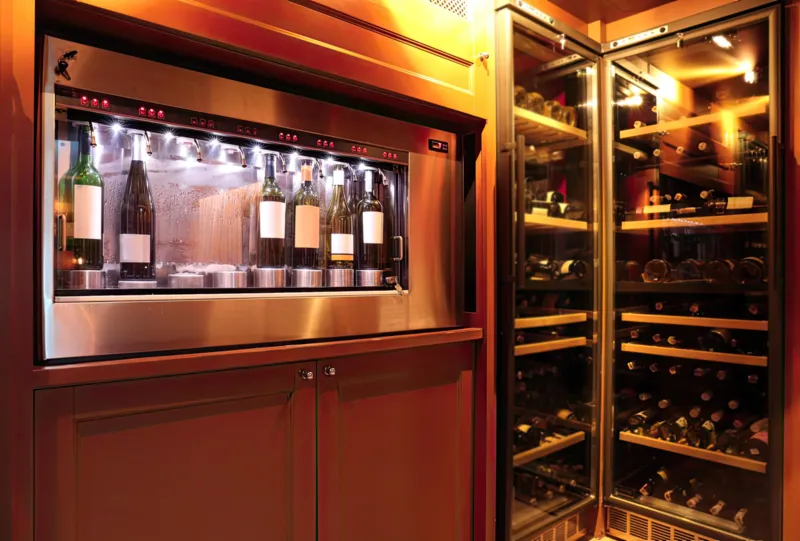One thing that craft beer enthusiasts and brewers can agree on is that the best beer is fresh beer. As a beer lover, you may probably relate to the feeling of letdown that comes with opening a long-awaited can of your favorite brew and discovering it tastes off. However, we are capable of providing assistance. This article will teach you how to tell the difference between new and old beers, whether or not beer can “go bad,” and the best way to keep your beer so it lasts longer.
=> Quick Answer: In a nutshell, YES, beer expires. Although it’s more nuanced than just stating that anything has the potential to “go bad,” the precise meaning of which is context-dependent. While most beers have a shelf life of about 6-9 months, it can vary depending on the type of beer and how it is stored.
Signs of Beer Expiration
Beer expiration is the point at which a beer is no longer at its optimal quality for consumption. While beer doesn’t necessarily “go bad” in the same way that food does, it can lose its desired characteristics over time, leading to a less satisfying experience for the drinker. Factors such as flavor, aroma, and mouthfeel can all be negatively affected as the beer ages.
About 3 Signal of Beer Expiration:
- Visual Clues
- Olfactory Clues
- Taste Indicators
=> Related Artice: How to Pour the Perfect Beer Glass?
Visual Clues
If you want to Examine a beer for signs of expiration, start by looking at its appearance. Aged or expired beer may appear cloudy or have unusual floating particles. You may also notice a change in its color, such as darkening or a shift in hue. Additionally, if the beer has been exposed to excessive light, it may develop a “skunky” aroma, which can indicate spoilage. Inspect the packaging for any signs of damage or improper storage, as these can also contribute to the beer’s expiration.
Olfactory Clues
Another way to detect expired beer is by using your sense of smell. When you open the bottle or can, take a whiff of the beer. If it has a musty or off-putting odor, this could signify that it has gone bad. Additionally, any hints of vinegar or sourness in the aroma may indicate spoilage. Trust your nose when assessing the beer’s freshness, as it can often pick up on subtle changes that may not be immediately visible.
Taste Indicators
Finally, when in doubt, take a sip of the beer to determine its taste. If the flavor seems off, such as being excessively bitter, metallic, or generally unpleasant, this could be a strong indicator of expiration. Additionally, you may notice a lack of carbonation or a flat mouthfeel, which can also be signs of a beer past its prime. Pay attention to any unusual sensations on your palate or lingering aftertaste, as these can provide valuable clues about the beer’s condition.
The Definitive Guide to Beer Storage
Keeping beer in a dark, cool place for a short period is the easiest way to do this. That would be ideal if there was space in your refrigerator. If your refrigerator is already full, a cold basement or closet will do for storing your beer. You should obviously limit the amount of time your beer spends in places like the warm trunk of a car or a sunny kitchen counter.
Tips to Extend Beer Life
Tips to extend the life of your beers include keeping them in a refrigerator if possible, as the lower temperature will slow down the aging process. Avoid storing beers in a warm environment, as this can lead to a quicker expiration.
- Store unopened beers at a temperature between 45-55°F (7-13°C).
- Keep them away from light to prevent skunking.
- Avoid storing beers in the fridge door, as it is the warmest part of the refrigerator.
Assume that following these tips will significantly extend the lifespan of your beers. Storage of beers in a proper environment can make all the difference in preventing premature expiration and maintaining the taste and quality of the products. By following the proper guidelines and storing beers in a cool, dark place, you can significantly extend their shelf life and enjoyment. Proper temperature, positioning, and maintenance will ensure that your beers stay fresh for as long as possible.
The 3/30/300 Rule for Beer Storage:
- High-Temperature Impact: Storing a Firestone beer at 98 degrees Fahrenheit for just 3 days has an equivalent aging effect as keeping it at a milder 72 degrees Fahrenheit for a month.
- Moderate Temperature Comparison: A Firestone beer stored at 72 degrees Fahrenheit for 30 days will undergo a similar aging process as one stored at a cooler 35 degrees Fahrenheit for an extended period of 300 days.
- Temperature Duration Relationship: The rule suggests that the impact of temperature on the aging of beer is proportional; a shorter duration at a higher temperature can be analogous to a longer duration at a lower temperature.
Check the Expiration Date: Ensure Freshness
Before indulging in your beer, always check for the expiration date on the packaging. This date is a key indicator of the beer’s freshness and quality. If you have a choice, opt for beers with a later expiration date, especially if you’re planning to store them for a while. Consuming beer within its designated timeframe ensures that you experience its flavors at their peak
Avoid Light, Keep Beers Dark
Light, especially ultraviolet (UV) light, can have a detrimental impact on beer quality. When UV light interacts with certain compounds in hops, it triggers a chemical reaction leading to the creation of off-flavors, commonly described as “skunky.” To shield your beer from this phenomenon, store it in a dark place. Additionally, choose packaging that minimizes light exposure. Brown glass is the preferred choice as it offers superior protection against UV light compared to green or clear glass.
The color of the glass plays a significant role in protecting beer from light. Brown glass is highly effective in blocking UV light, providing an additional layer of defense against lightstruck flavors. While it doesn’t offer complete protection, it significantly reduces the risk of beer degradation. Conversely, green and clear glass provides minimal protection, making beers stored in these containers more susceptible to light-induced off-flavors.
Conclusion: About Beer Expiration
Beer is at its best when consumed fresh. Even with proper storage, the aging process continues, albeit at a slower pace. To fully appreciate the brewer’s intended flavors, it’s advisable to consume the beer promptly. This is particularly important for beers that are more sensitive to light exposure. Keeping your beer cold, stored in a dark place, and enjoying it soon after purchase ensures a delightful drinking experience, free from undesirable off-flavors.
FAQs About Beer Expiration:
In Short, Does beer expire?
Yes, beer can expire. Over time, the quality and taste of beer can deteriorate due to aging and improper storage
Some of the signs of beer expiration?
Signs of beer expiration include a change in color, a musty or off-smell, and a flat or off-taste. These signs may indicate that the beer has gone bad.
What factors can cause beer to expire more quickly?
Factors such as exposure to light, fluctuations in temperature, and improper storage can cause beer to expire more quickly. It is best to store beer in a cool, dark place to extend its shelf life.
Is it safe to drink expired beer?
Drinking expired beer is generally safe, but the taste and quality may be compromised. It is ultimately up to the individual to decide whether to consume expired beer, but it is recommended to avoid it for the best experience.

